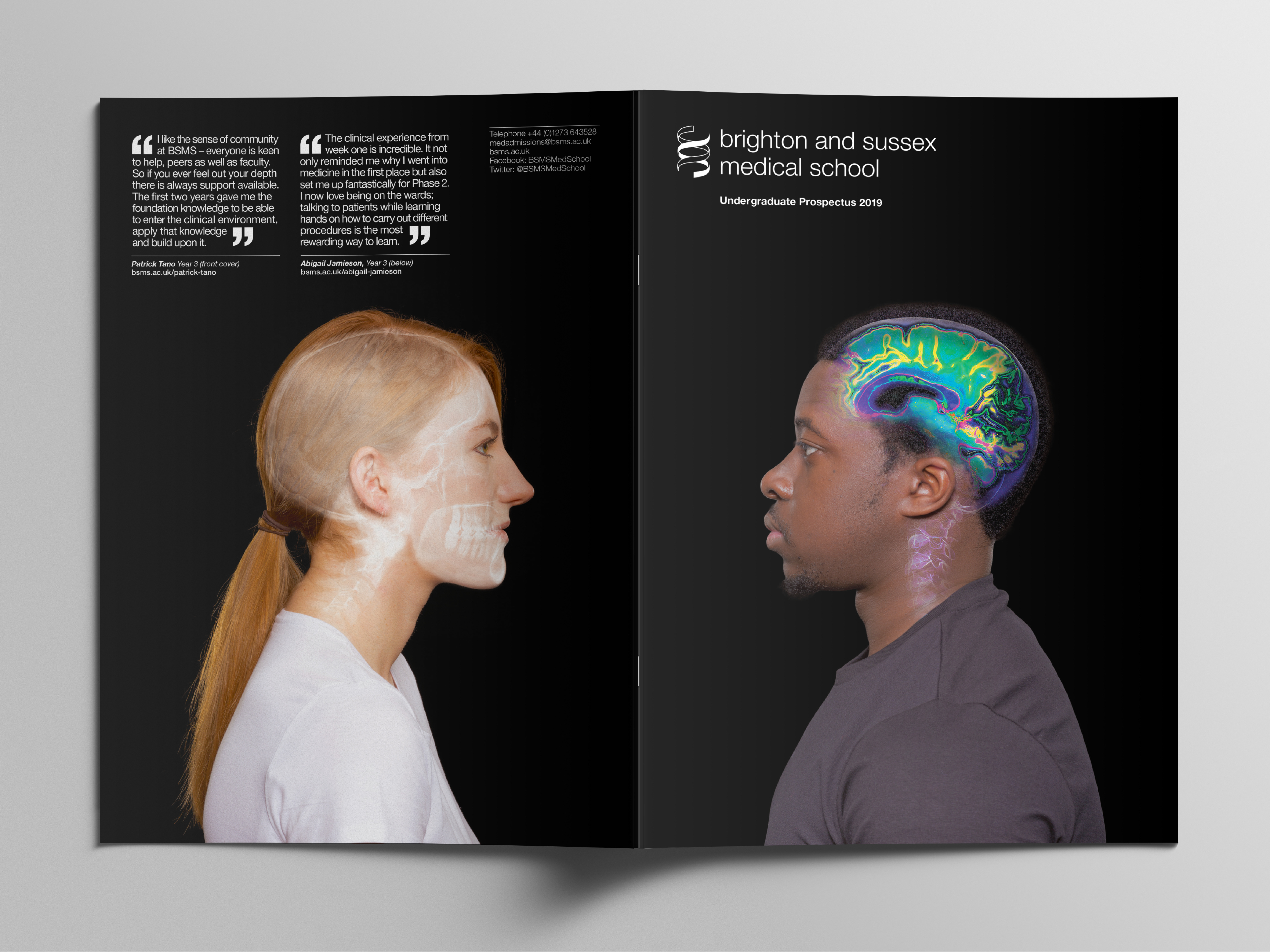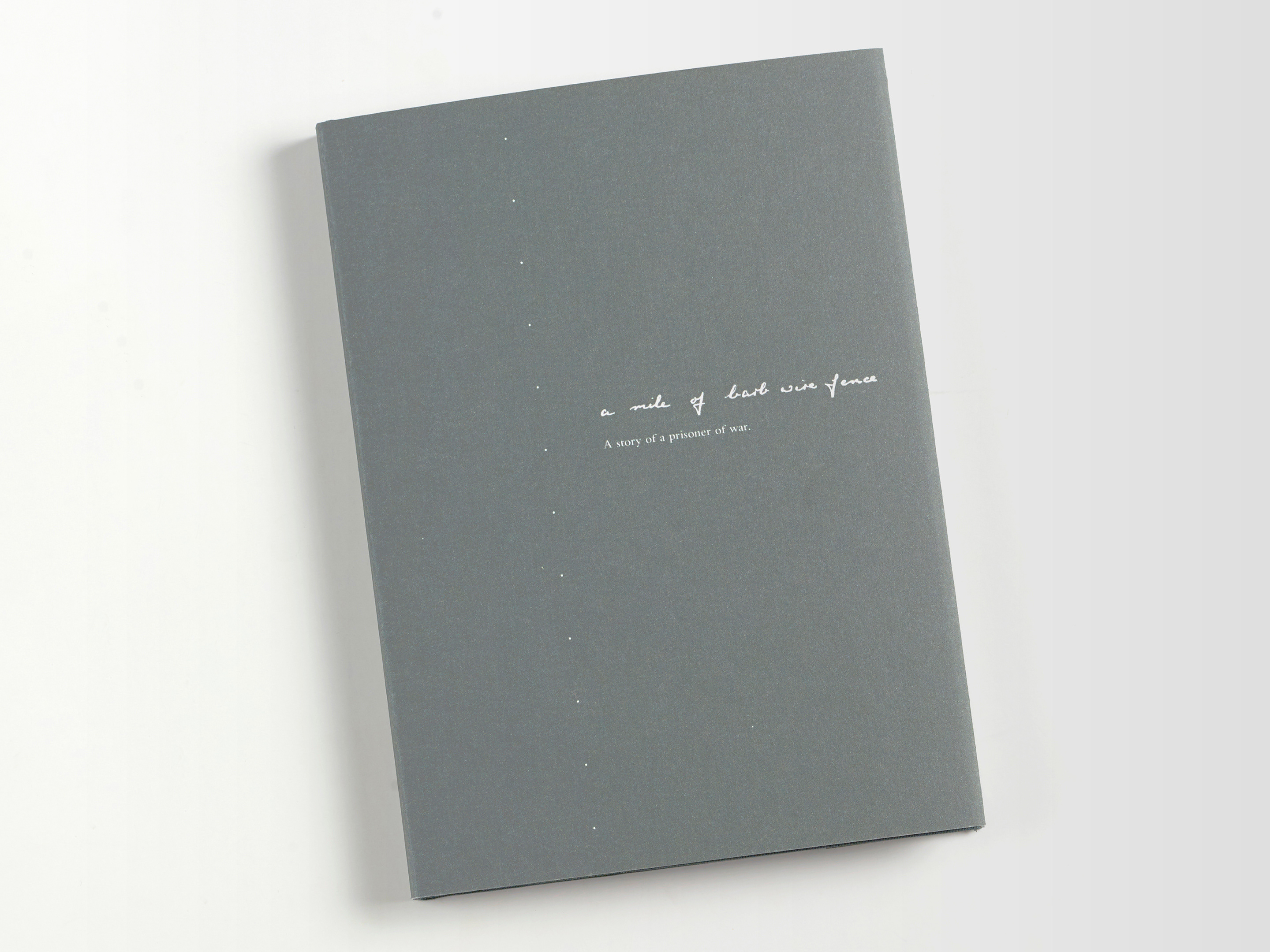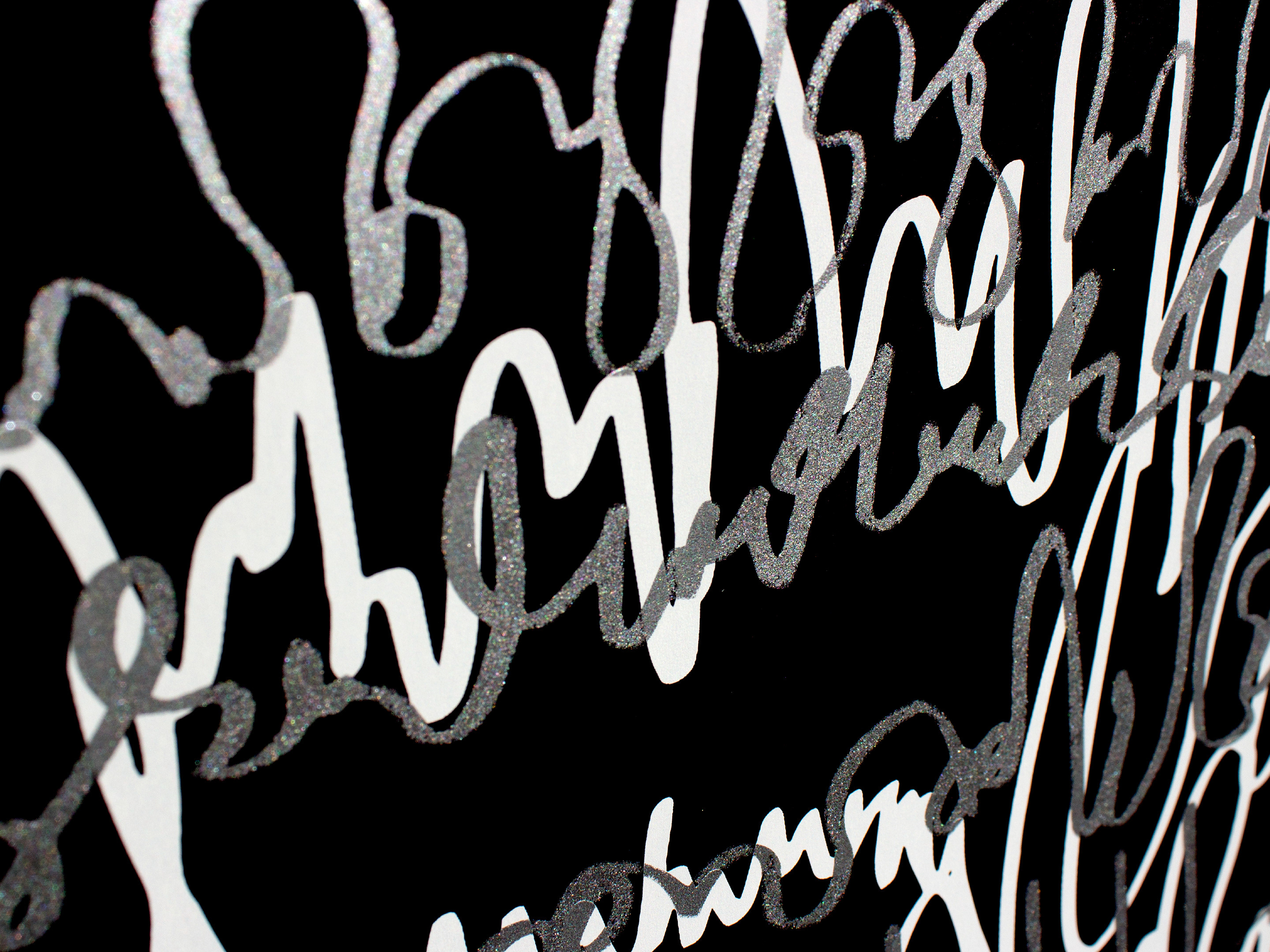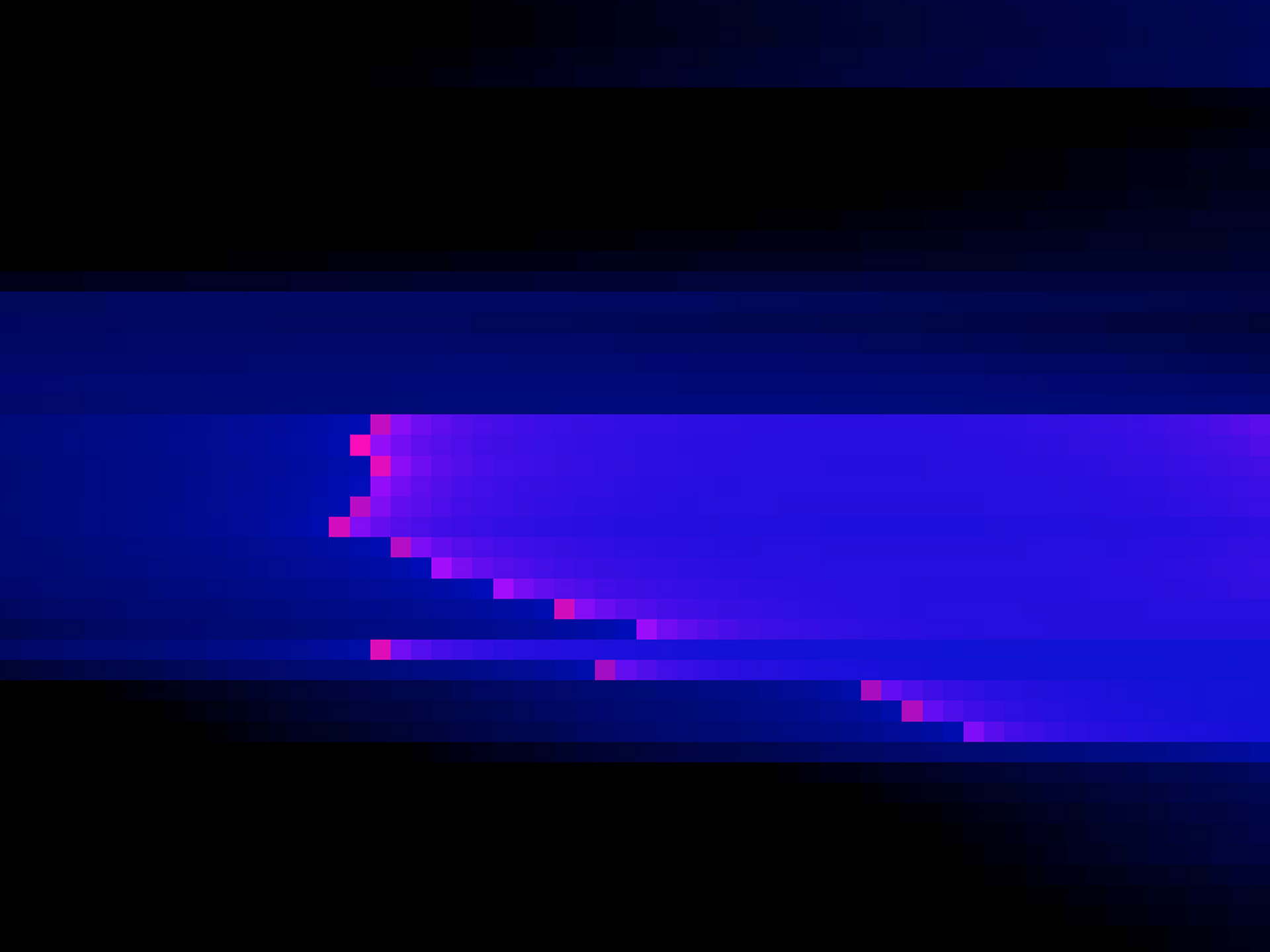An extensive digital archive documenting Vulva Art Graffiti in Basel-Stadt.
Since its inception feminist protest has used the body and its visual translations, to represent, challenge and de-construct patriarchal systems and people's lived experiences within them. Urban visual communication, like graffiti, is a particularly powerful tool to express this, as it can communicate many layered messages via author, viewer, and environment. Feminist graffiti artists for example have used the popular practice of Vulva Art graffiti to embody and challenge patriarchal structures and empower vulva owners.
This project, examined this practice through a documentation of Vulva Art graffiti around the Swiss city of Basel. This was displayed in a digital archive with an interactive map at its centre. By showcasing this usually unseen urban practice, the aim was to provide a visible and accessible platform to a publicly marginalised group. I hoped this would help deconstruct negative body images of vulva owners and the patriarchal spatial social divisions they can face within public space.
Job Role
Student (MA)
“The female body (like the male body) has an inherent potential to resist domination and power relations...Bodily sites are treated as protesting against normative codes of femininity, as a means of self-empowerment, and/or as constructing counter-hegemonic identity.”
A structured methodology was adopted to collect, organise and display the images. These were gathered by exploring the city on foot, and photographing examples as well as nearby graffiti and the surrounding environment. Around 45 examples were found over a four month period, a sample of which are shown below.
Overall structure of the examples was led by the three main categories; ‘Author’, ‘Viewer’ and ‘Environment’. These were then further split into traits viewed essential to graffiti as a protest method and the visual techniques used to express them. These were further organised into sub-techniques and then their various data options, which were based upon the common traits of the found examples.
To view the overall research process of this project please click here.
“Art objects...can be considered equivalent to, and embody the same intentional complexity as human subjects...graffiti can be understood (as not) only an aspect of the artist’s will...but the artist’s body, mind, or oeuvre, made apparent through the images created throughout the city.”
Schacter, 2008, pp. 38, 39
doi.org/10.1177/1359183507086217
doi.org/10.1177/1359183507086217
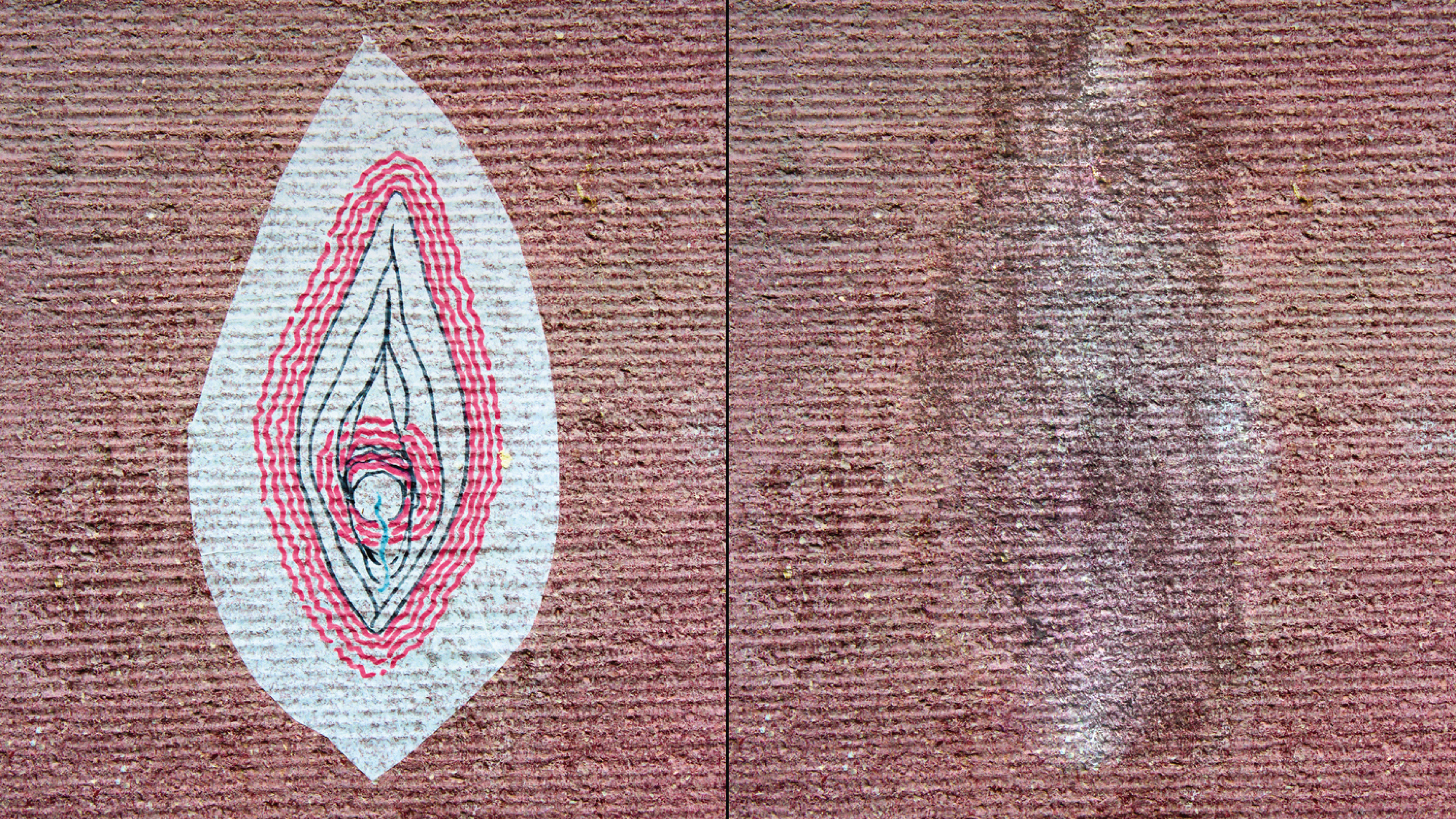
Author

Viewer
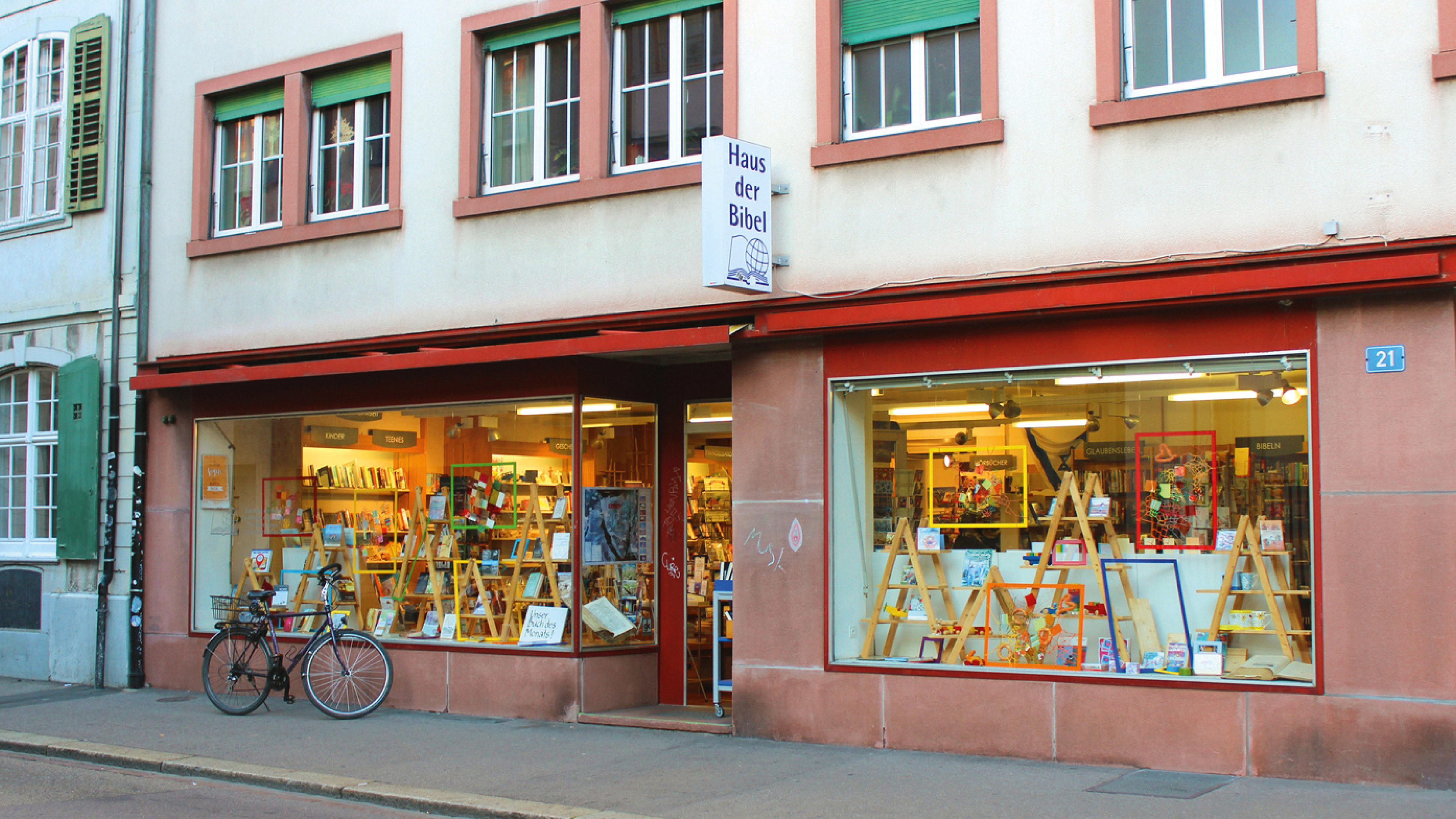
Environment

Author

Viewer
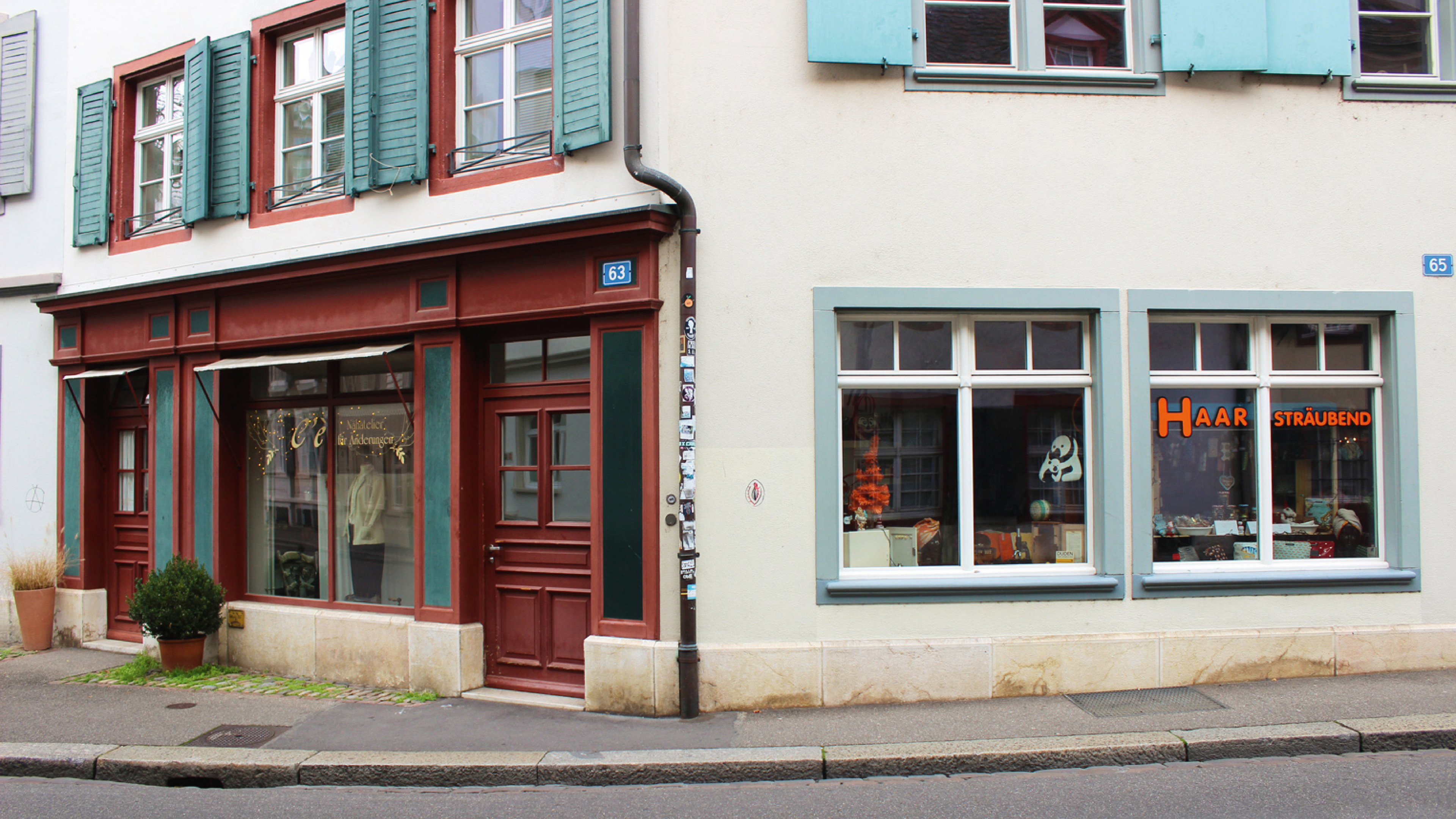
Environment

Author

Viewer

Environment
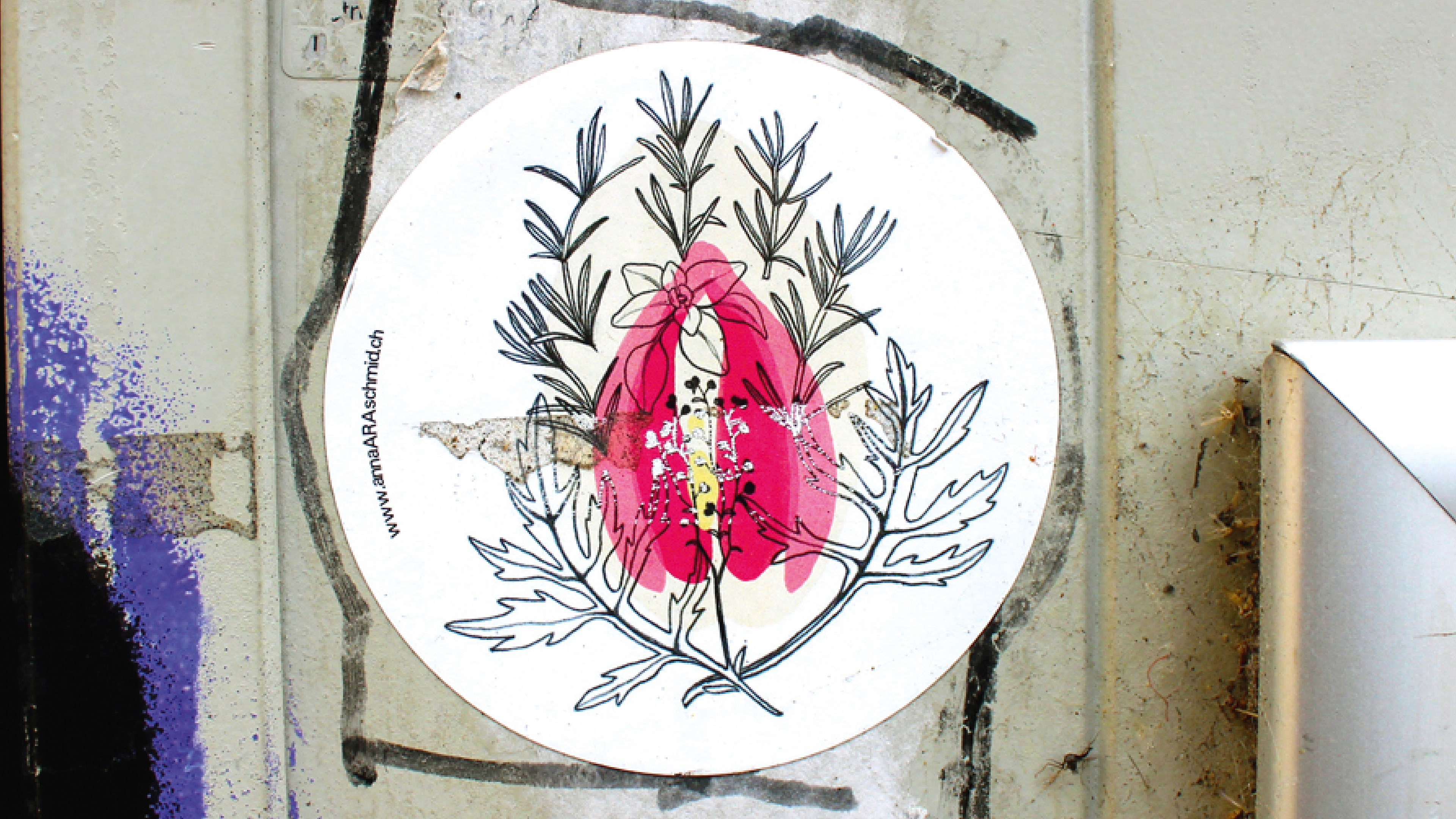
Author

Viewer

Environment
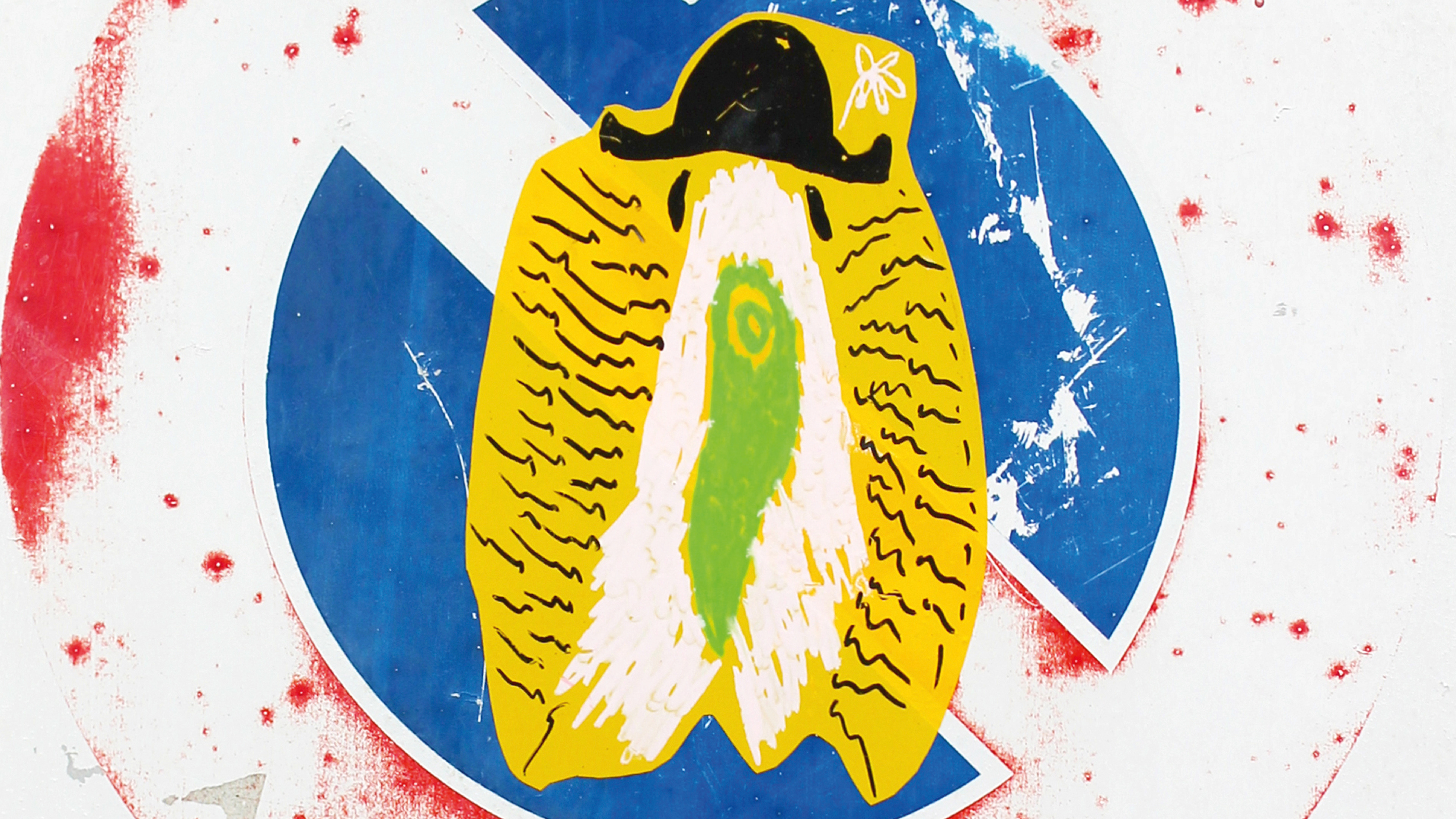
Author
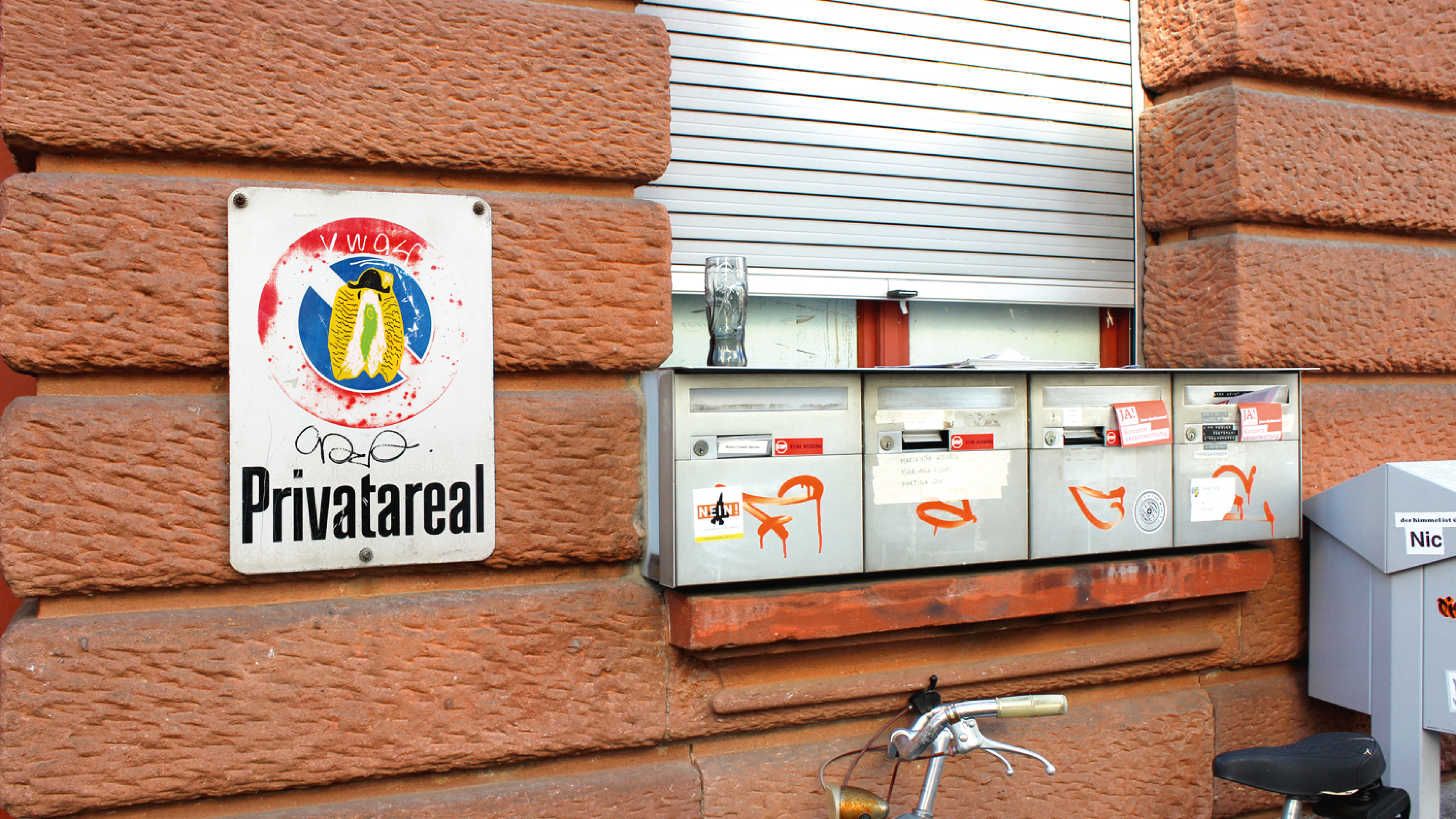
Viewer
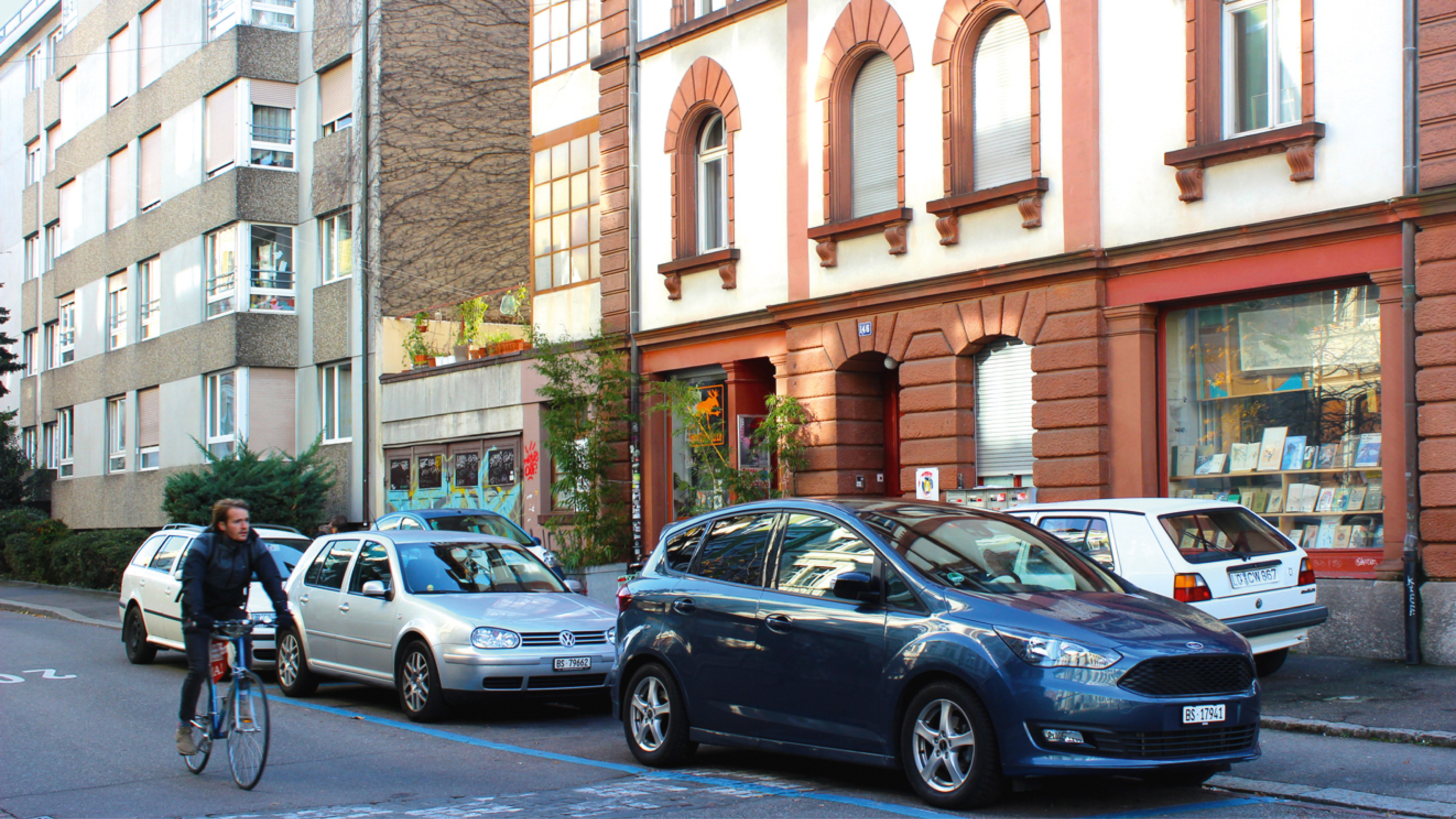
Environment

Author
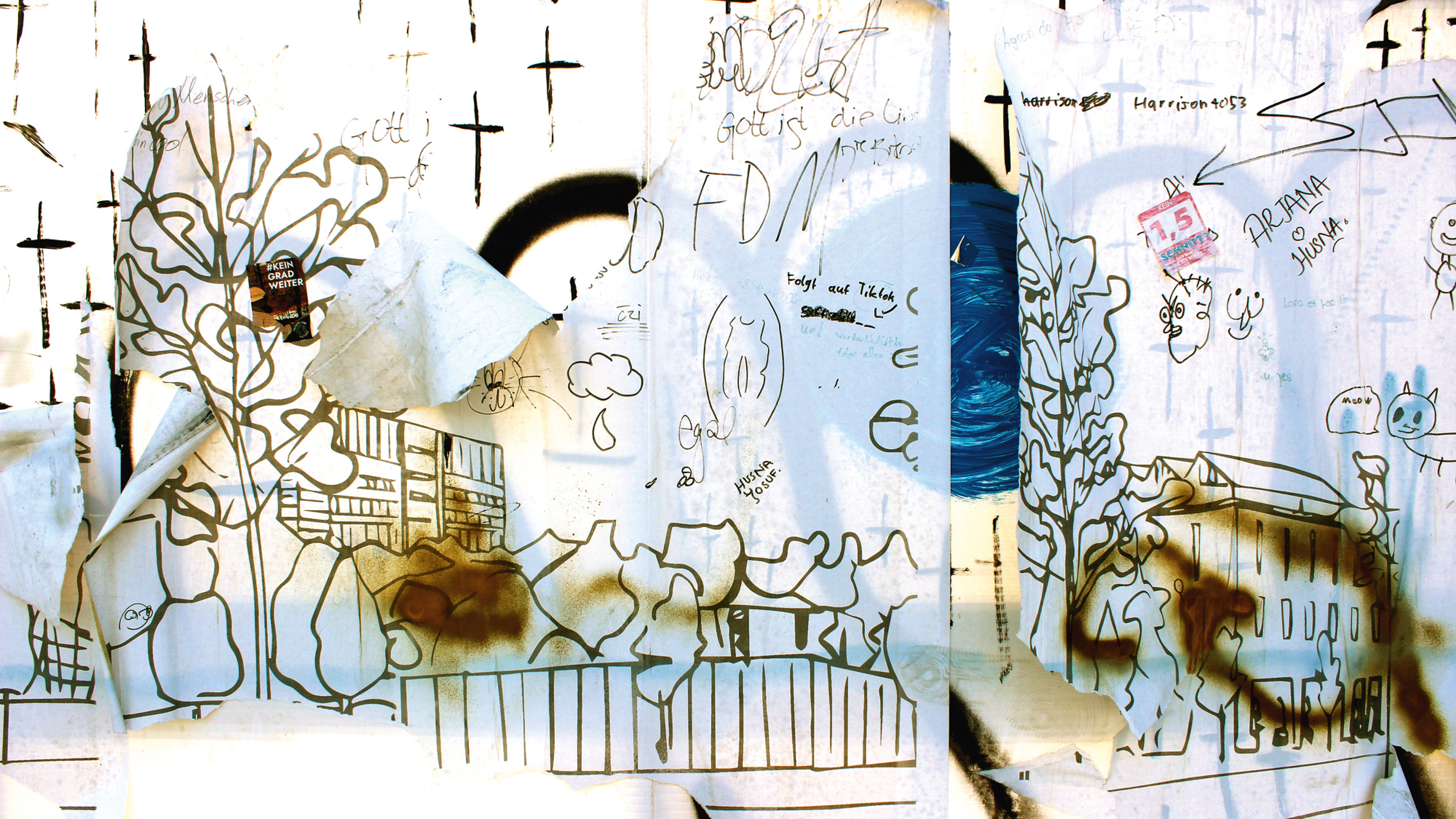
Viewer
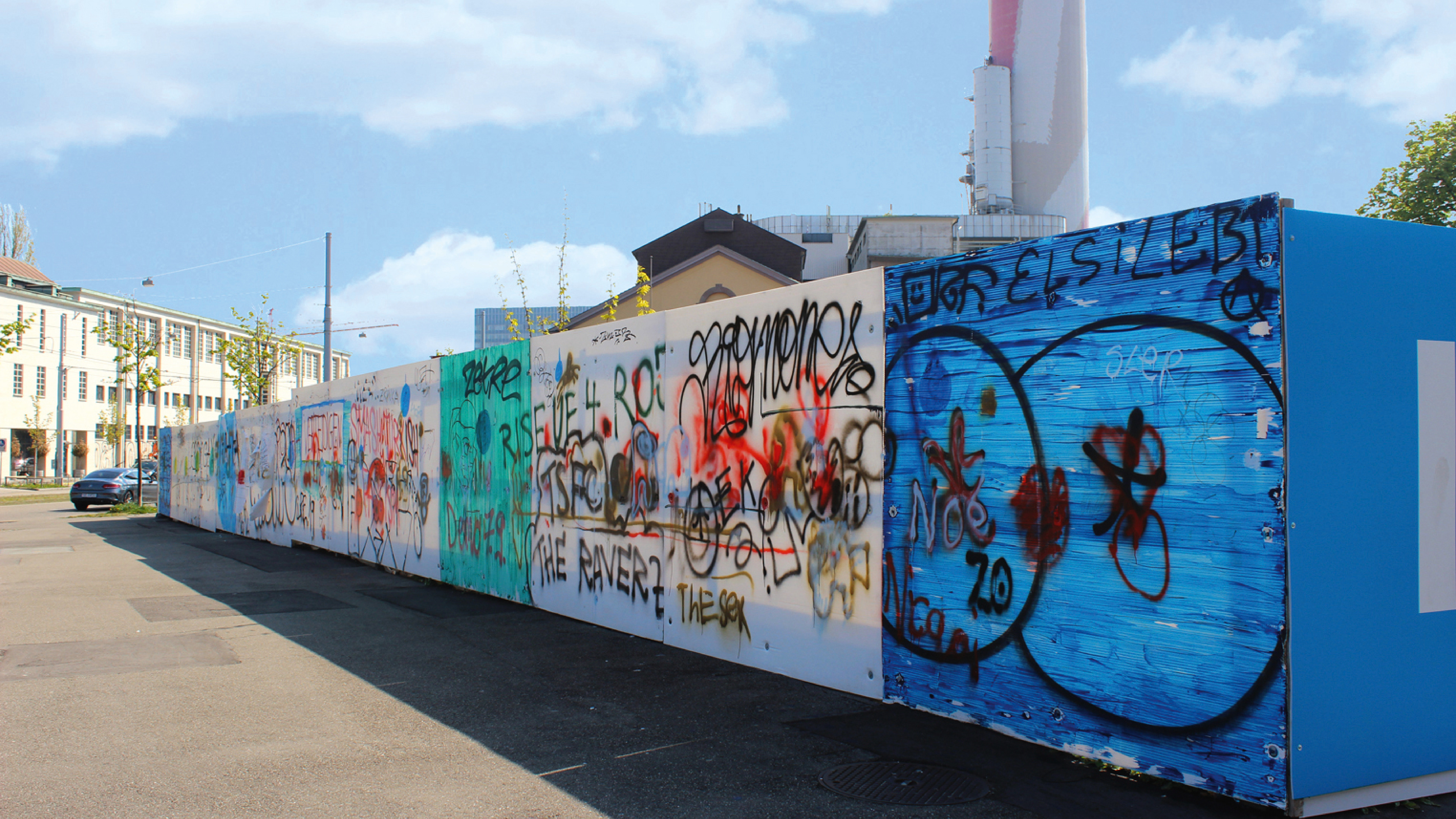
Environment
The primary tool used to display the organised data was Adobe XD as it added a key element of interactivity to the archive. Several stages of experiments were undertaken concerning legibility (e.g. layout, style and format) and functionality (e.g. efficient and logical navigation) before the final layout was chosen. Below are the finalised wireframes for the archive.
To view the overall research process of this project please click here.
To view the overall research process of this project please click here.
Wireframe for the main menu.
Wireframe for the map.
Wireframe for the map and all examples.


